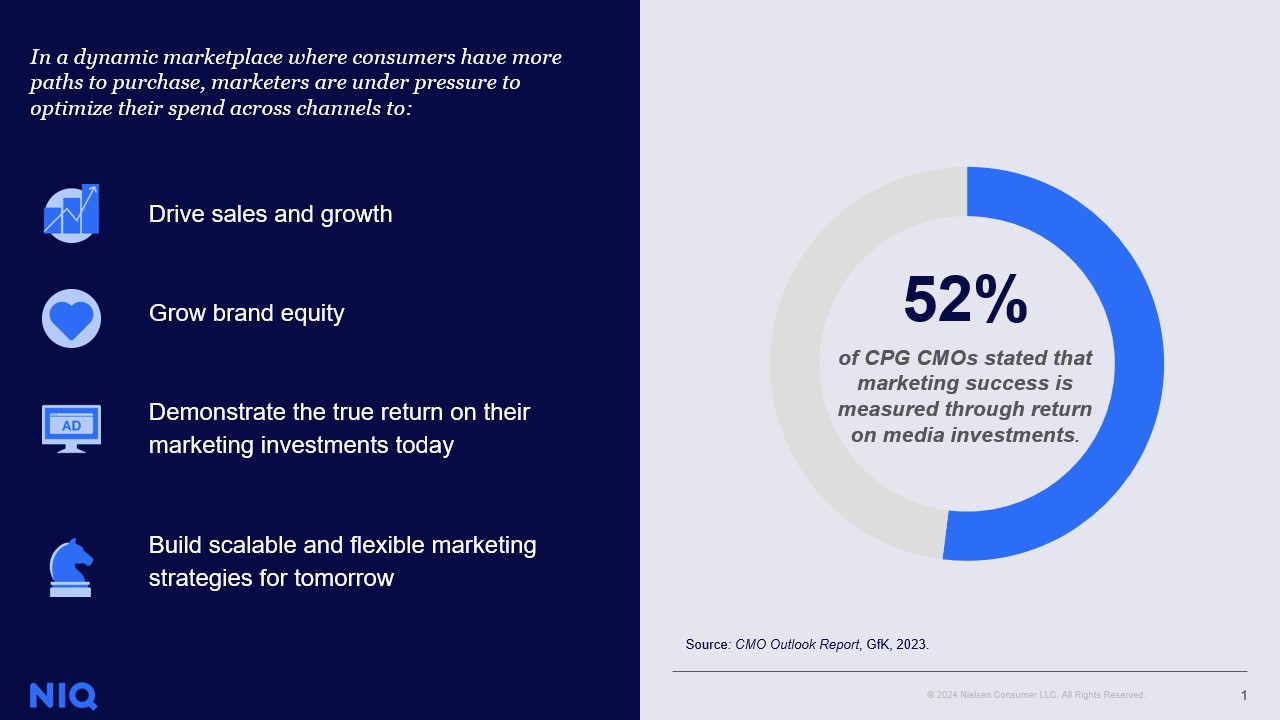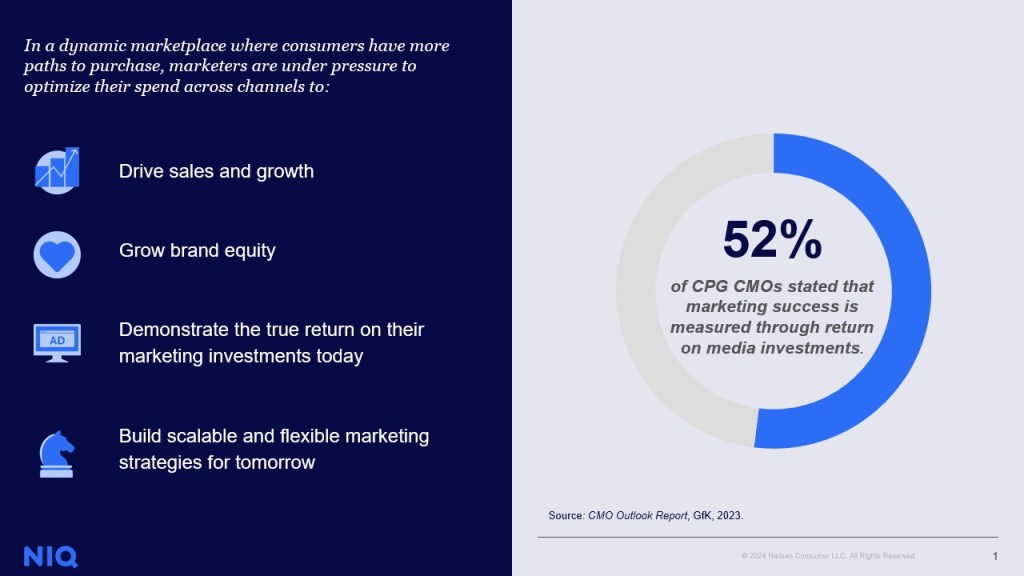Since the COVID-19 outbreak, consumer optimism globally remains muted as most are concerned about their countries’ economic outlook and their job security.
The pandemic has caused permanent shifts in behavior with the way consumers think, shop and purchase. Based on our Consumer Pulse study we have seen the rise of ‘conscious consumers’, who are more mindful of the products and brands they buy. 78% of consumers say their decision to purchase from a brand in the future is largely dependent on how brands position themselves during this difficult period.
In our commissioned survey “Branding and Marketing in the New Abnormal” representing marketing executives from various industries across Asia Pacific, 73% of marketers said their budgets have been reduced since the outbreak. In addition, 48% think that the epidemic will have an impact on their consumer demand in the next 6 – 12 months. Given these trying times, what can brands do to stay top of mind with consumers?
Investing in reinforcing your core brand proposition is always a good idea, even in times of crisis as it will remind your consumers exactly how your brand matters to them. You should also take this opportunity to assess consumer behavioral data to understand how consumers are realigning their purchase priorities and budgets. You can target them effectively through measurable initiatives such as direct marketing campaigns and online advertisements.
Reaching audiences post COVID-19
As anticipated, half of the marketers surveyed have steered clear of advertising on traditional radio, television and print media, while the other half have curbed efforts in trade marketing, on-ground activation and traditional out-of-home advertising.
Across countries, marketers in Singapore saw investment shifting towards public relations, while in Thailand and Indonesia, more funds were allocated for influencer marketing. South Korean marketers steered towards digital-out-of-home (DOOH) efforts as they create overwhelming experiences. With these smart utility-digital displays in public places, they are able to deliver safety guidelines and other immersive content for their targeted consumers as well.
Among all marketers surveyed across industries, 60% said their advertising budgets have focused more spending on social media marketing, while 58% saw their budgets shifting towards mobile advertising and paid search. These approaches are a step in the right direction as we’re seeing a steady increase in awareness, engagement and revenues driven largely by paid search, digital advertising and mobile marketing as consumers are still spending more time indoors and are glued to their electronic devices.
Think multi-platform to improve your ad strategy
As consumers are leveraging multiple touchpoints during a purchase, how do you ensure your ad strategy is not disconnected?
First, get a reliable cross media perspective on all your touchpoints. An in-depth cross media assessment will give you a deep understanding of the sales impact of your campaigns and the channels that have driven incremental traffic to your website or app. This makes it possible for you to identify the optimal media mix to maximize your sales opportunities. A ground breaking digital ad-testing tool like GfK’s Ad Fit Optimizer also comes in handy to help accelerate and optimize your digital ad spend and overall campaign ROI.
Next, understand that multichannel integration will be a necessity even after the crisis ends as consumers’ current mindset and shopping habits are likely to remain for a little longer. Therefore, it is important to assess your omnichannel capabilities and fix any shortcomings in order to provide channel integration and holistic shopping experiences.
Finally, with cross platform advertising, as you can engage with consumers at any stage during their buying process; use a mix of search, mobile, display, social, video and retargeting ads to be top of mind among consumers. Also, do track key metrics such as reach, conversions and return on ad spend to measure effectiveness.

| Also Read: How to position your brand for success during COVID-19 |
Embrace the new reality and future-proof your brand
With consumer behavior changing rapidly, historical data is becoming less relevant. Get ready to observe trends and rely on actual sales data to adapt your messaging accordingly. Programmatic advertising is one way brands can enjoy the flexibility of targeted campaigns and adjust and optimize ads to deliver messages that are meaningful to consumers.
Companies that are agile and adopt a digital-first approach will have a huge advantage in creating and strengthening customer loyalty for the brand in uncertain times. Additionally, seeking expert opinion and opting for tracking tools that give you sell-out insights for your own and competing products across all relevant channels, will put you in good stead among the competition.
Identify the optimal media mix to maximize your sales opportunities




